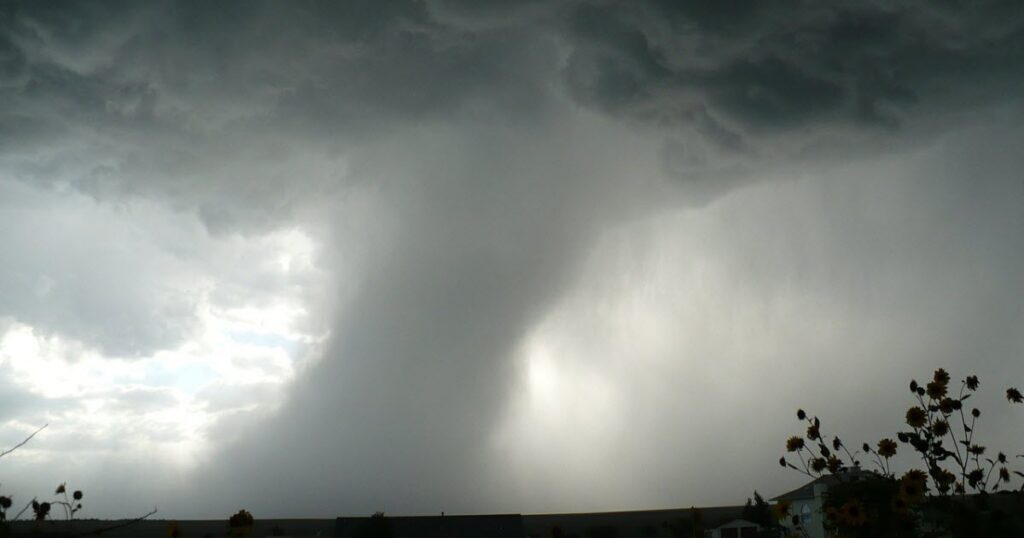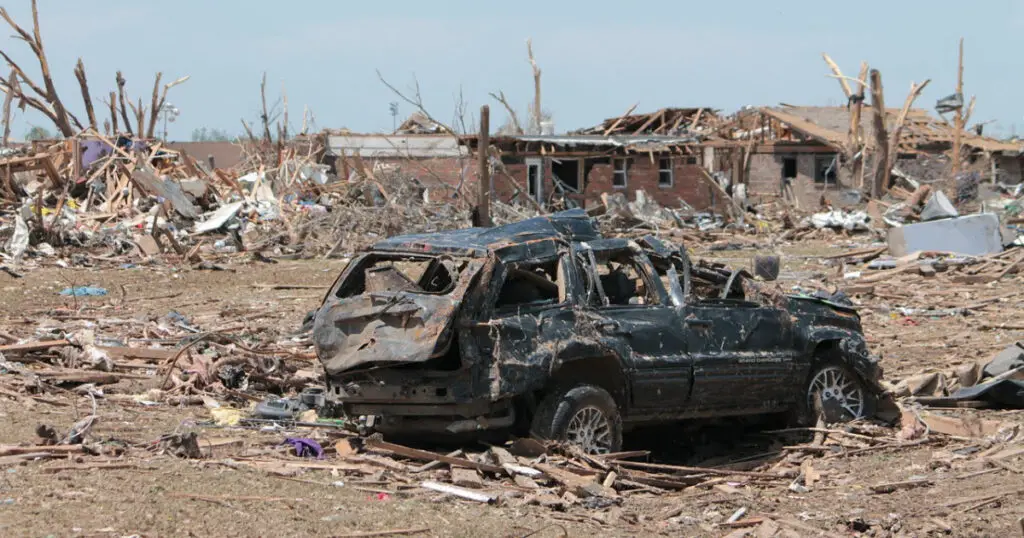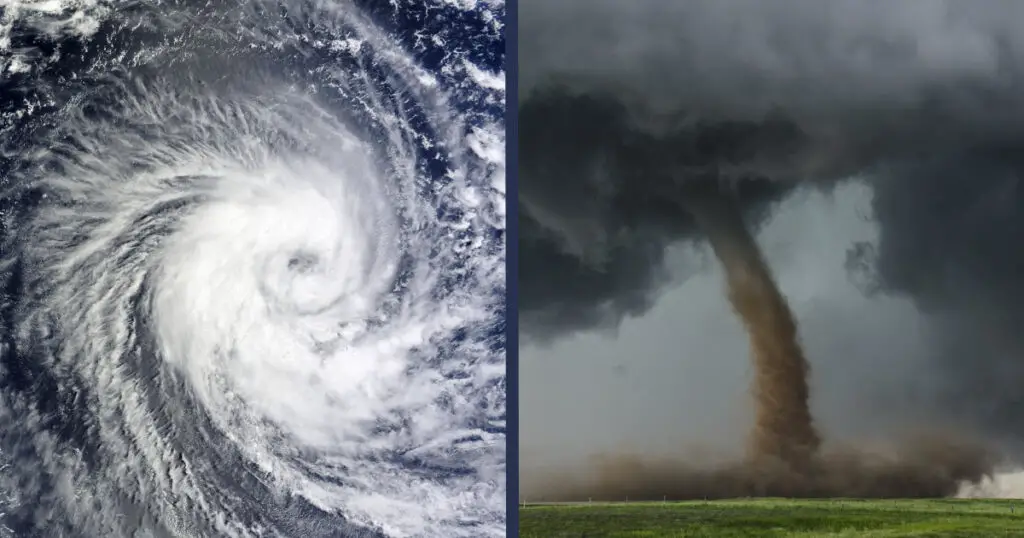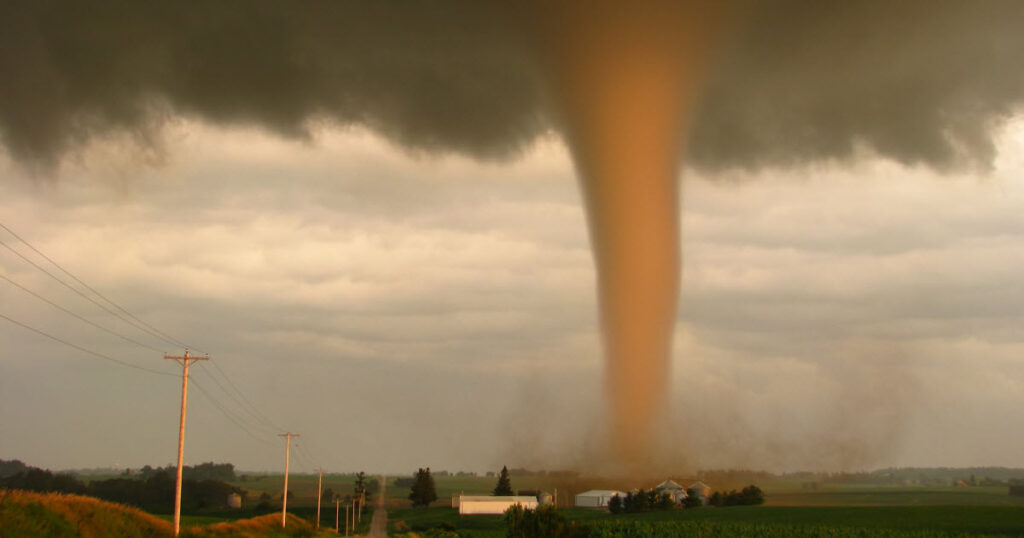More than a thousand tornadoes strike different parts of the United States annually. While tornadoes can happen at any time of the year, most states experience peak tornado activity during the spring and summer seasons. Tornadoes leave massive destruction, ripping houses off the ground, toppling trees, and causing death and injuries to humans and wildlife, and they do so in a surprisingly short amount of time. So how long do tornadoes last?
In this article, we’ll go over how long tornadoes last, how quickly they form, the different factors that affect this.
Introduction to Tornadoes
It’s important to understand a little bit about what tornadoes are, how they form, and how they sustain themselves before we get into the duration of tornadoes.
Let’s start with the basics:
What is a Tornado?
A tornado is a powerful swirling column of air that typically forms from a supercell thunderstorm and extends to the Earth’s surface. Because wind is transparent, tornadoes are often hard to spot, unless they carry water vapor, dust, and debris. Most tornadoes are funnel-shaped, developing from a cumulonimbus cloud. Some tornadoes can take on different structures, depending on the climatic conditions.
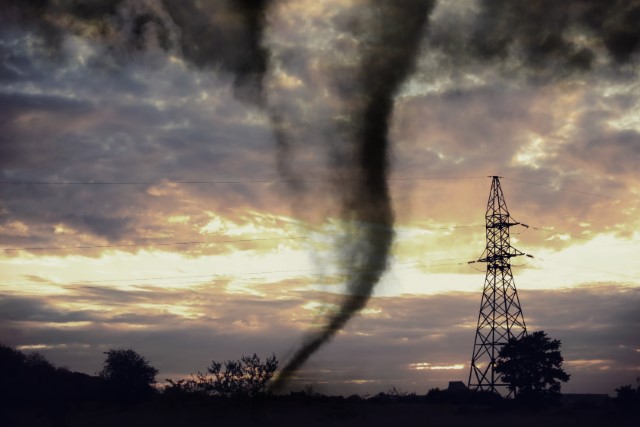
Tornadoes vary in wind speed, with the most dangerous ones featuring winds of over 300 mph. Most tornadoes touch down briefly, while some can last for several hours. In terms of size, most tornadoes may be a dozen yards wide and can cause minimal damage. However, highly destructive tornadoes can leave a damage path of over a mile wide and hundreds of miles long.
On Average, How Long Do Tornadoes Last?
Most tornadoes last for only a few seconds, while the most violent ones can stay for more than an hour before dissipating. On average, tornadoes travel on the ground for five to ten minutes.
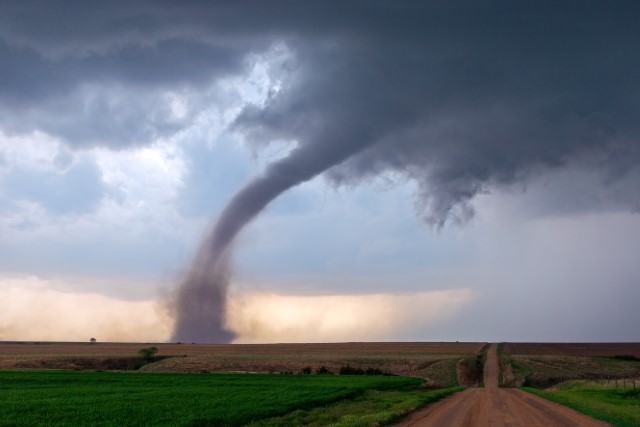
The following elements typically play a vital role in tornado development.
- Supercell Thunderstorm: A type of storm that often comes with a mesocyclone.
- Mesocyclone: A rotating vortex of air within the core of a supercell thunderstorm that is formed by fast-moving updrafts and downdrafts.
- Rear Flank Downdraft (RFD): The mesocyclone’s source of warm, dry air.
| Related Posts |
|---|
What Causes a Tornado to Form?
Roughly 100,000 thunderstorms happen in the US each year, but only 10% of these thunderstorms reach severe levels. Severe thunderstorms may contain:
- Hail
- Wind gusts over 60 mph
- A tornado
- A combination of these weather elements
Tornadoes are outgrowths of thunderstorms. However, not all thunderstorms can form tornadoes.
Supercell thunderstorms, the most severe type of thunderstorms, often produce tornadoes. These types of thunderstorms have a very strong updraft. It is important to note that only about 20% of supercell thunderstorms can spawn a tornado.
The Conditions that Help Tornadoes Form
Certain conditions are conducive to tornado development. They are typically present in supercell thunderstorms:
- An Abundance of Moisture in the Atmosphere
- Lift
- Atmospheric Instability
- Wind Shear
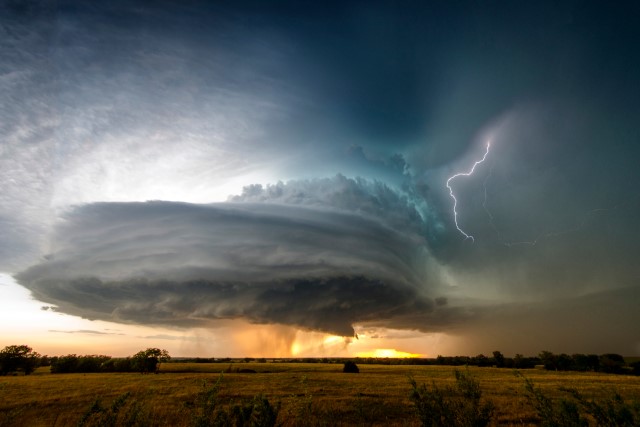
Let’s take a brief look at each of these elements – understanding them will help to understand why tornadoes last as long as they do.
Abundance of moisture or water vapor in the atmosphere
Clouds, precipitation, and storms cannot form without moisture. However, when there is plenty of moisture in the air, it can produce condensation, which is a driving force in thunderstorm formation. In the US, one of the primary sources of moisture is the Gulf of Mexico.
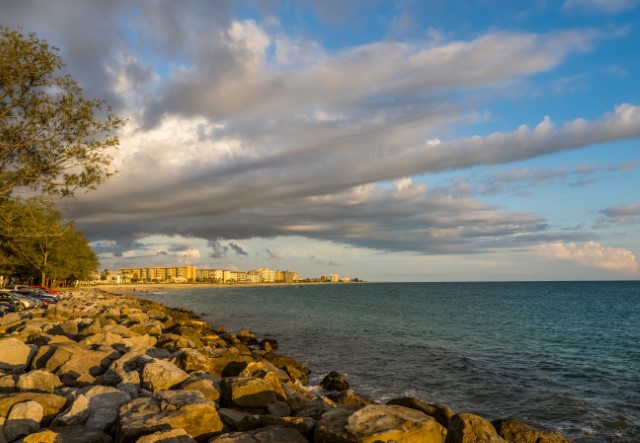
During the spring months, low-pressure systems can pull moisture from the Gulf towards North America and Canada. When conditions are right, the Caribbean is another source of moisture.
Lift
For moisture in the air to produce clouds and condense into a liquid or precipitation, it needs a lifting mechanism that can force air to rise. Fronts, dry lines, sea breezes, and changes in terrain elevation are sources of lift. When the air rises, it will expand and cool.
Once it reaches the Dew Point Temperature, condensation occurs and may appear as clouds, fog, mist, or rain. The higher the Dew Point Temperature, the more moisture becomes available to produce heavy rain and even thunderstorms.
Atmospheric Instability
When warm air near the ground rises and cold air high in the atmosphere moves downward, it causes instability. Atmospheric instability produces strong updrafts of warm air and downdrafts of cold air that fuels thunderstorms and tornado formation.
Wind Shear
Wind shear occurs vertically or horizontally at high or low altitudes. It forms when rising air increases in strength and changes direction. In a thunderstorm, the changes in wind velocity and direction cause updrafts and downdrafts that can produce a tornado.
Now that we’ve covered the basics and you have a better understanding of tornadoes …
Understanding the Life Cycle of a Tornado
A tornado’s life cycle consists of five stages, as follows:
Stage 1: Dust-whirl Stage
The first stage of tornado formation begins when dust swirls up from the ground and grows towards the funnel cloud in the atmosphere. Damage at this stage is light.
Stage 2: Organizing Stage
The mesocyclone, powered by the RFD, moves down to the ground at increasing speeds. It builds then builds a funnel that connects to the whirling dust near the surface.
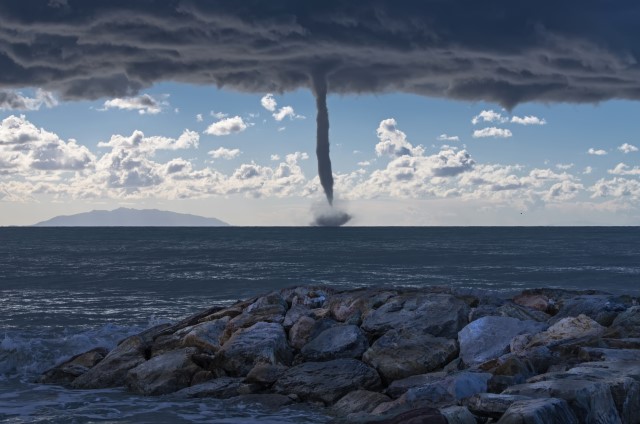
Stage 3: Mature Stage
As the funnel strikes the ground, it forms a tornado. At this stage, the tornado increases in width, stands vertically, and can cause severe damage along its path.
Also during this stage, the RFD turns into cool surface winds that wrap around the tornado, cutting the flow of warm air that powers it.
Stage 4: Shrinkage Stage
In the shrinkage stage, the damage is still severe. However, the tornado decreases in shape, size, and width. It also gradually tilts.
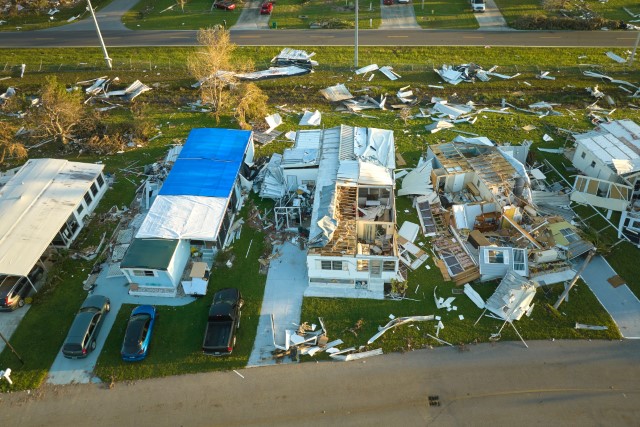
Stage 5: Dissipation/Decaying Stage
As the warm air supply is reduced, and eventually cut off, the tornado’s vortex weakens. The tornado turns rope-like in appearance until it stretches and stops rotating.
What are the Longest-Lasting Tornadoes in History?
1925 Tri-State Tornado
The 1925 Tri-State Tornado, the deadliest tornado in US history, also holds the record for the longest-lasting tornado in the country.
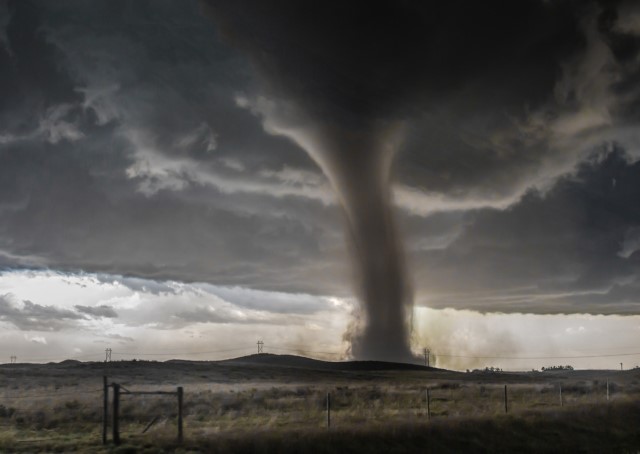
The tornado landed on March 18, 1925, and traveled from Missouri through the states of Illinois and Indiana. The Tri-State Tornado lasted for 3.5 hours, touching down at 1:00 PM in Ellington, MO, before dissipating at about 4:30 PM southwest of Petersburg, IN.
The Tri-State Tornado is also one of the largest and fastest tornadoes in the US. It reached a width of one mile and a wind speed of 300 mph, making it an EF-5 tornado. It left 695 fatalities, 2,000 injured survivors, and thousands of people homeless.
2015 Manitoba Tornado
In July 2015, southwestern Manitoba, Canada experienced one of the longest-lasting tornadoes in the country’s history.
The Manitoba tornado stayed on the ground for about three hours and brought damage to several towns, including Melita, Tilston, and Virden. Fortunately, no casualties or injuries were reported.
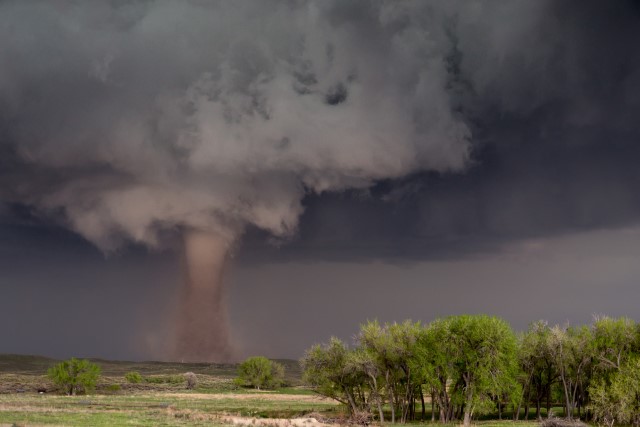
1989 Bangladesh Tornado
Outside the United States and Canada, the Saturia–Manikganj Sadar tornado that struck the Manikganj district of Bangladesh in April 1989 remained on the ground for almost an hour and a half.
In this catastrophic event, approximately 1,300 lives were lost, and 80,000 were left without shelter.
